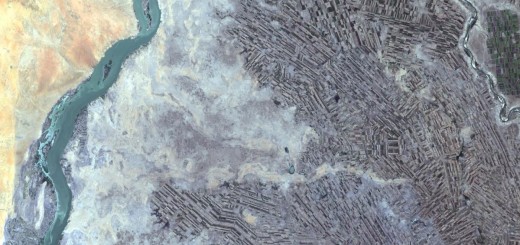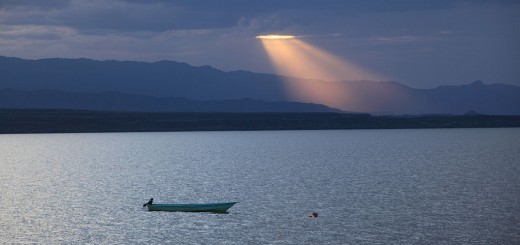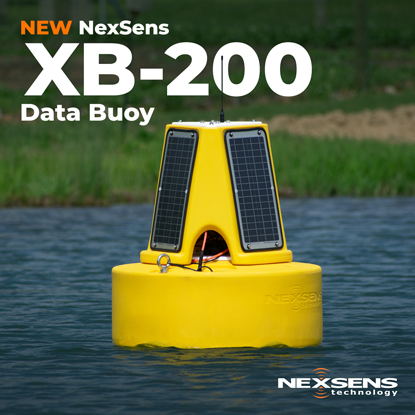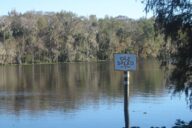Glacier Dust Changes Lake Wakatipu’s Color
1A lake’s color can change quickly when intruding runoff or high winds whip up sediment. But a lake in New Zealand has an odd culprit to blame for its changing shade: glacial rock dust.
The dust was released following a landslide in Queenstown’s Dart Valley that blocked a river flowing through it. The blockage dammed up the Dart River’s flow, creating a new lake about three kilometers in size. Part of the slipping ground came from a rock glacier.

Lake Wakatipu, February 2010. (Credit: Eli Duke via Creative Commons)
When the dust settled in Lake Wakatipu, the busted up rock bits were small enough that they stayed suspended in the water. As the Otago Daily Times reports: “The glacial flour was so fine it was unable to flocculate together and sink, remaining suspended in the water.”
This changed the lake’s color, which had been a dark green after recent rains, to turquoise, a hallmark of neighboring Lake Tekapo.

Lake Tekapo, February 2005. As of January 2014, Lake Wakatipu has taken on a similar turquoise color. (Credit: Ian Armstrong via Creative Commons)
The time needed for the lake to revert to its old color is unknown. Lake Wakatipu’s harbourmaster says a reversion won’t come anytime soon, wagering on years for the dust to settle. But a scientist with GNS, a research consultancy, says the particles likely aren’t fine enough to stay suspended over the long term. The landslide rock hasn’t yet been tested, so it’s unclear how fine the particles really are.














[…] sits near Lake Tekapo, and recently took on a similar color following a landslide. The slide released glacier dust that changed the water’s color. Lake […]